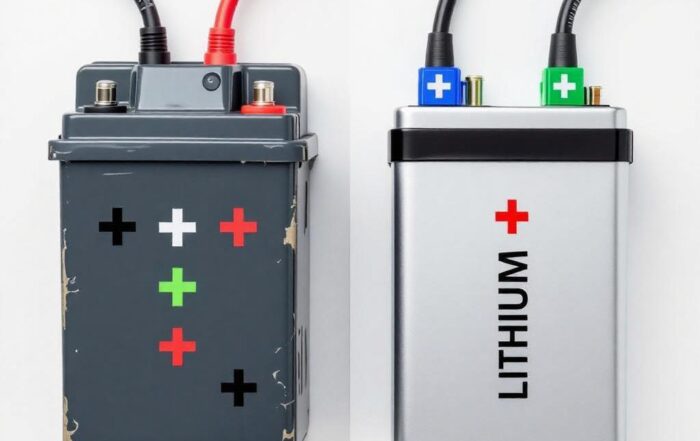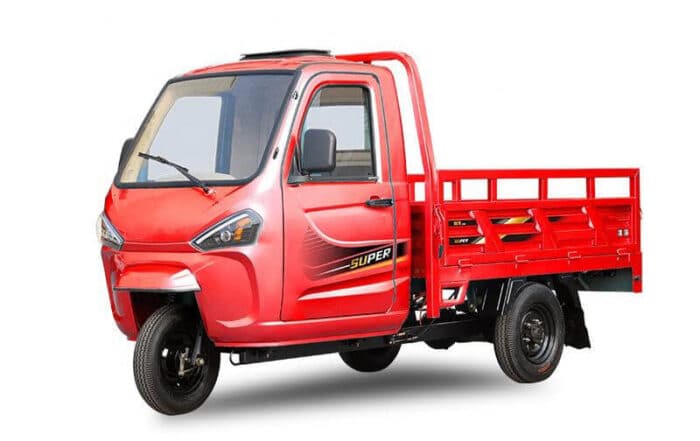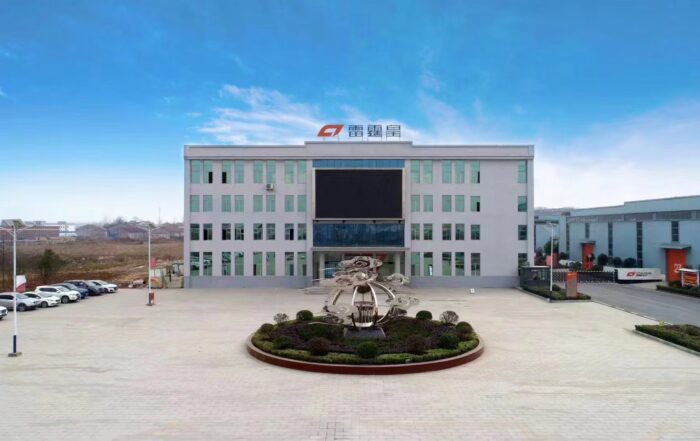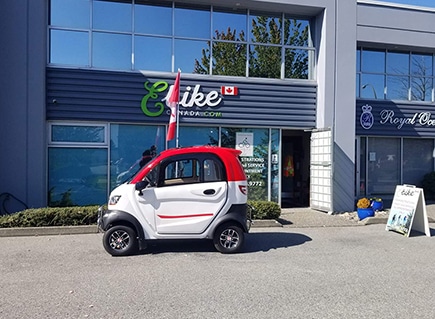# 🔋 Lithium vs. Lead-Acid Batteries: Performance Across Weather Conditions
Understanding the differences between **lithium-ion** and **lead-acid batteries** is crucial for optimizing your electric vehicle (EV) experience. This guide compares their performance across various weather conditions, cost, efficiency, and more.
—
## 🌡️ Performance in Different Weather Conditions
| Condition | Lithium-Ion Battery | Lead-Acid Battery |
|—————–|———————————————————-|———————————————————–|
| **Cold Weather**| Performs well; may require heating below 0°C | Significant performance drop; hard to charge or start |
| **Hot Weather** | Stable with Battery Management System (BMS) protection | Prone to overheating; reduced lifespan |
| **Temperature Range** | Approximately -20°C to 60°C (some with heaters go lower) | Approximately -10°C to 40°C; limited range |
—
## 💰 Cost Comparison
| Aspect | Lithium-Ion Battery | Lead-Acid Battery |
|———————|———————————————-|—————————————–|
| **Initial Cost** | Higher upfront cost (2–5x more expensive) | Lower initial cost |
| **Long-Term Cost** | More cost-effective over time due to longevity | Requires frequent replacements, increasing long-term cost |
—
## ⚡ Range & Energy Efficiency
| Aspect | Lithium-Ion Battery | Lead-Acid Battery |
|————————|—————————————–|————————————|
| **Energy Density** | High → longer range | Low → shorter range |
| **Efficiency** | Approximately 95% round-trip efficiency | Approximately 70–80% |
| **Weight-to-Power Ratio** | Lightweight and compact | Heavier for the same capacity |
—
## 🔌 Charging Characteristics
| Aspect | Lithium-Ion Battery | Lead-Acid Battery |
|————————–|———————————|————————————-|
| **Charge Speed** | Fast (1–3 hours) | Slow (6–12+ hours) |
| **Depth of Discharge (DoD)** | Up to 80–90% usable capacity | Only ~50% usable to protect lifespan |
—
## 🕒 Lifespan & Maintenance
| Aspect | Lithium-Ion Battery | Lead-Acid Battery |
|———————-|—————————–|———————————–|
| **Cycle Life** | 2000–5000+ cycles | 300–500 cycles |
| **Maintenance** | Maintenance-free | Requires water refills and cleaning |
| **Self-Discharge Rate** | Low (~1–3% per month) | High (~5–15% per month) |
—
## ✅ Additional Considerations
| Factor | Lithium-Ion Battery | Lead-Acid Battery |
|———————-|———————————————-|——————————————–|
| **Safety** | High, with BMS protection | Risk of acid leaks and gas emission |
| **Environmental Impact** | More eco-friendly, recyclable | Contains lead/acid; hazardous waste |
| **Best Use Cases** | EVs, solar, marine, RVs, portable power | Backup systems, budget options, starter batteries |
—
## 🧠 Conclusion: Key Takeaways
– **Lithium-ion batteries** offer superior performance, especially in extreme temperatures, fast charging, and long-term value.
– **Lead-acid batteries** are cheaper upfront but degrade quickly, require maintenance, and don’t perform well in cold or hot environments.
– For regular use and energy reliability, **lithium is the smarter long-term choice**.
—
## 🔗 Related Resources
– [Understanding EV Battery Technologies](https://www.coolecar.com/ev-battery-technologies)
– [Maximizing Battery Life in Your EV](https://www.coolecar.com/maximize-ev-battery-life)
– [Choosing the Right Battery for Your Needs](https://www.coolecar.com/choosing-right-battery)
For a deeper dive into battery technologies and how they impact your EV experience, explore our [Battery Insights](https://www.coolecar.com/battery-insights) section.





